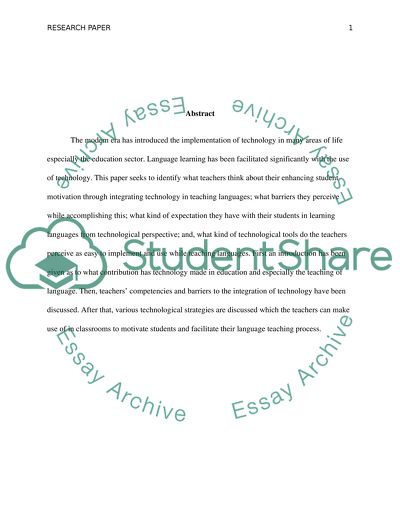Cite this document
(“Self-efficacy in reading and language arts Research Paper”, n.d.)
Retrieved from https://studentshare.org/education/1495413-self-efficacy-in-reading-and-language-arts
Retrieved from https://studentshare.org/education/1495413-self-efficacy-in-reading-and-language-arts
(Self-Efficacy in Reading and Language Arts Research Paper)
https://studentshare.org/education/1495413-self-efficacy-in-reading-and-language-arts.
https://studentshare.org/education/1495413-self-efficacy-in-reading-and-language-arts.
“Self-Efficacy in Reading and Language Arts Research Paper”, n.d. https://studentshare.org/education/1495413-self-efficacy-in-reading-and-language-arts.


